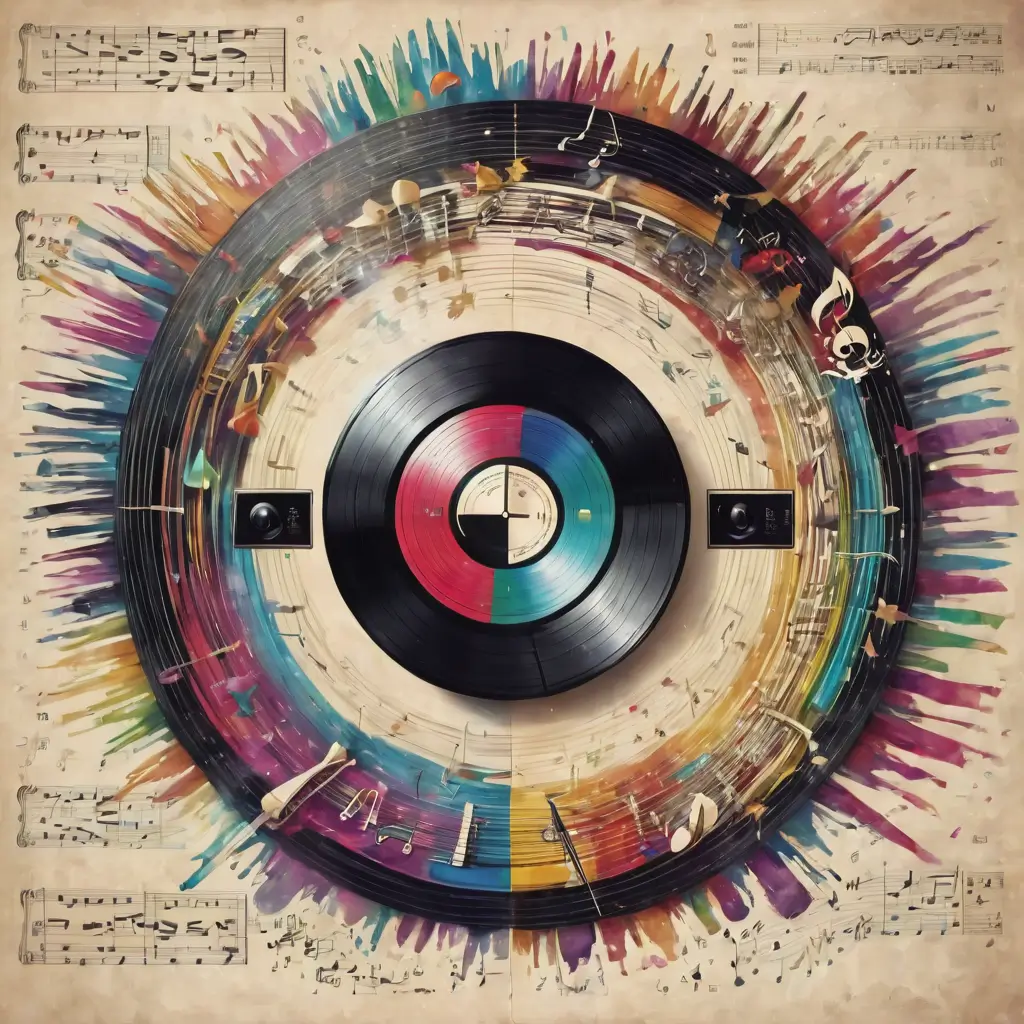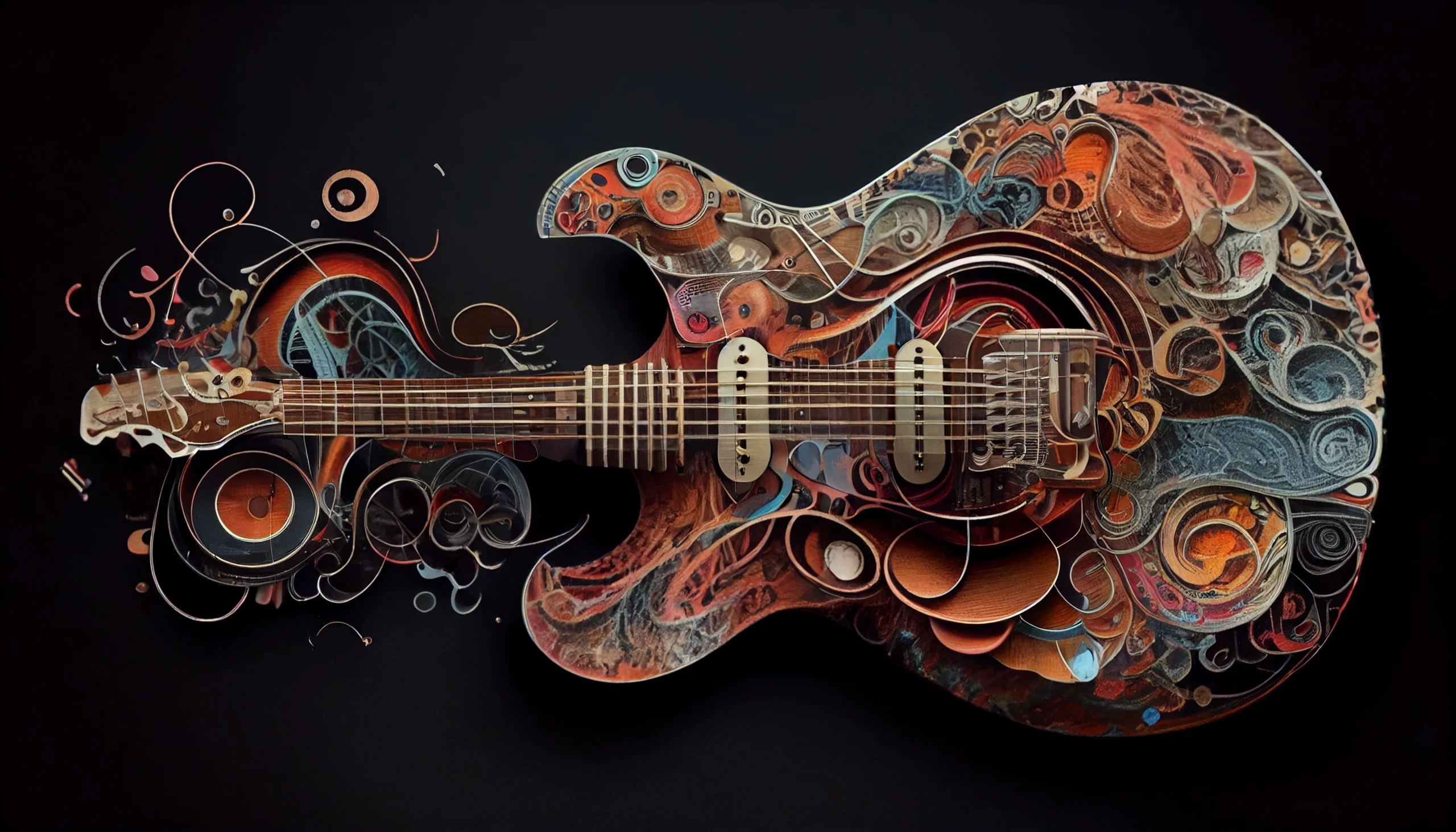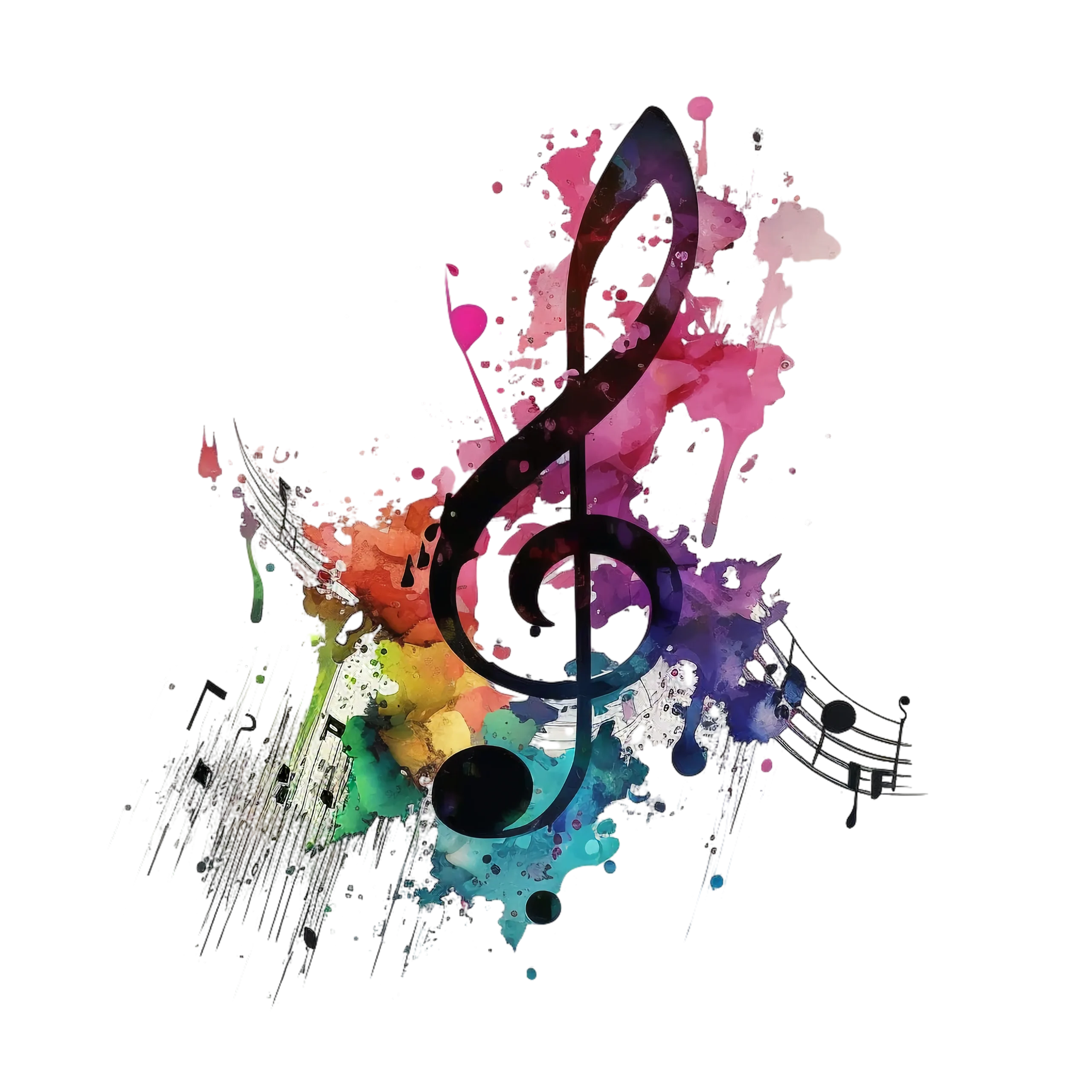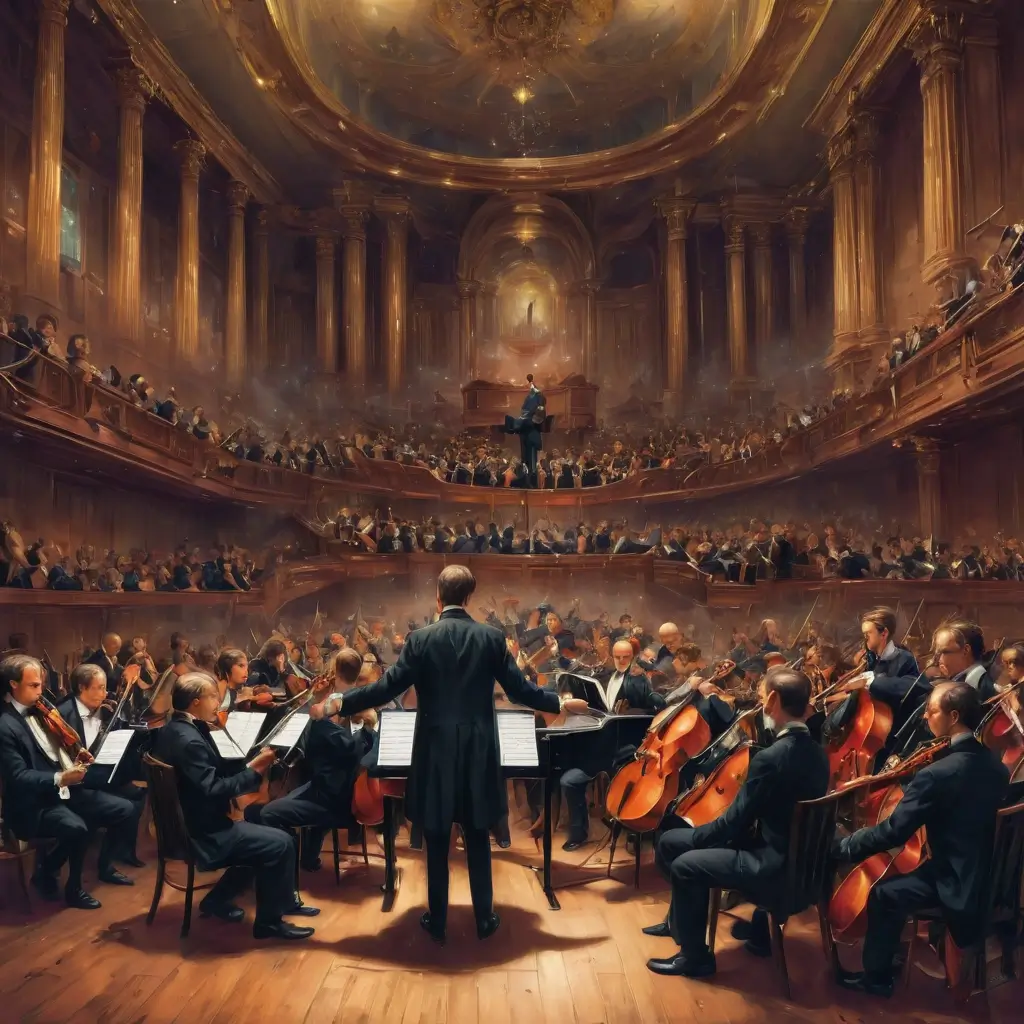Music, a universal language, has traversed through the annals of time, evolving alongside humanity’s cultural, social, and technological advancements. From the primal beats of ancient civilizations to the intricate symphonies of the modern era, each epoch has contributed to it’s evolution.
1. Ancient Melodies (Prehistoric times – 500 AD)
In the dawn of civilization, music echoed through ancient temples and tribal gatherings, serving as a conduit for spiritual connection and communal celebration. From the haunting tones of Mesopotamian lyres to the majestic hymns of Egyptian pharaohs, music intertwined with daily life, encapsulating the essence of human existence.
2. Medieval Harmonies (500 AD – 1400 AD)
Amidst the medieval cloisters and cathedrals, music flourished as a divine art form, reverberating through sacred chants and polyphonic hymns. Guided by religious devotion, composers sculpted intricate melodies that transcended earthly realms, embodying the ethereal beauty of faith and devotion.
3. Renaissance Resonance (1400 AD – 1600 AD)
The Renaissance era heralded a reawakening of artistic expression, as music became a testament to human ingenuity and creative fervor. From the celestial harmonies of Palestrina’s masses to the intricate madrigals of Josquin des Prez, composers reveled in the splendor of vocal polyphony, crafting sublime melodies that enraptured the soul.
4. Baroque Brilliance (1600 AD – 1750 AD)
In the opulent courts and concert halls of the Baroque era, music blossomed into a kaleidoscope of ornate melodies and grandiose compositions. Masters such as Bach, Handel, and Vivaldi wove intricate tapestries of sound, embellished with elaborate ornamentation and virtuosic flourishes, setting the stage for the symphonic splendor yet to come.
5. Classical Elegance (1750 AD – 1820 AD)
With the dawn of the Classical era, music embraced a newfound sense of order, balance, and clarity. Guided by the ideals of reason and enlightenment, composers like Mozart, Beethoven, and Haydn crafted symphonies, sonatas, and concertos of timeless beauty. Thus epitomizing the pinnacle of musical craftsmanship and emotional expression.
6. Romantic Reverie (1820 AD – 1900 AD)
In the Romantic era, music became a vessel for profound emotion, individualism, and artistic innovation. From the impassioned lyricism of Chopin’s nocturnes to the grandeur of Wagner’s operas, composers shattered convention, embracing the tumultuous depths of human experience and forging a new path of musical expression.
7. 20th Century Evolution
As the 20th century unfolded, music underwent a seismic transformation, propelled by technological advancements and cultural upheavals. From the syncopated rhythms of jazz to the avant-garde experiments of Schoenberg and Stravinsky, the musical landscape expanded exponentially, embracing diversity, experimentation, and the democratization of artistic expression.
8. Contemporary Crescendo
In the digital age, music knows no bounds, transcending genres, borders, and boundaries. Starting with the pulsating beats of electronic dance music to the introspective lyricism of indie folk, contemporary artists harness the power of technology to craft immersive sonic experiences. Those resonate with audiences around the globe on various levels.
The evolution of music through the ages is a testament to the enduring power of human creativity, imagination, and expression. From the ancient melodies that echoed through the corridors of time to the cutting-edge compositions of the digital era, music continues to evolve, adapt, and inspire. Not only – it’s weaving a timeless tapestry of sound that transcends the limits of language and culture.



